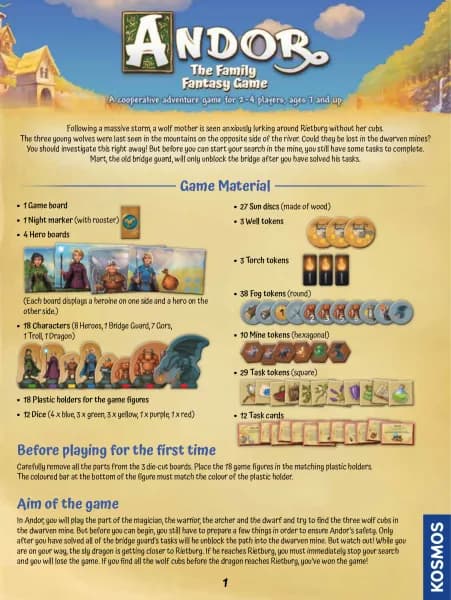Thames & Kosmos Physics Pro handleiding
Handleiding
Je bekijkt pagina 5 van 9

Comparing Air and Water
GOOD TO KNOW
99
Condensation
(when cooled)
Solidification,
freezing (when
cooled)
Vaporization
(when heated to
boiling temperature)
Evaporation
(below boiling
temperature)
Melting
(when warmed)
Water vapor
gaseous
Water
liquid
Ice
solid
About solid, liquid, and
gaseous bodies
If you pound your fist on a table, you may make an impression on the
people around you. You will make little impression, though, on the
table itself. Far from being impressed, the table may even hurt your
hand a little. If you splash your fist into a pool of water, by contrast, it
will squirt to the side, and your hand will quickly be surrounded by
water. During immersion, you have briefly sensed a kind of resistance.
Now, if you pull your fist energetically into the air, you will sense
almost nothing at all.
WHAT IS AIR MADE OF?
The air in our atmosphere is a mixture of
various gases. Near the ground, it
consists of 78% nitrogen (N or N
2
), 21%
oxygen (O
2
), 0.9% noble gas argon (Ar),
as well as very small proportions of
other noble gases and carbon dioxide
(CO
2
). The water vapor content, or
relative humidity, of the air fluctuates.
Relative humidity is measured as a
percentage.
THE THREE STATES
OF MATTER
What makes an object a solid, liquid, or gas?
All bodies and materials consist of
molecules and atoms (or ions). Between
them are forces of attraction that hold them
together to varying degrees. These forces are
called powers of cohesion.
SOLIDS With solid bodies, the cohesion is so
strong that they retain a specific form and a
specific volume (capacity).
LIQUIDS The molecules of liquids are held
together by cohesion too, but they can still
move relative to one another. Hence, they
have no shape of their own, but take on the
shape of their container, whether a drinking
glass or the ocean floor. They nevertheless
retain their volume as long as no energy is
exerted on them.
GASES With gases (e.g. air), there is almost
no cohesion at all. Like a liquid, a gas
assumes the shape of its container, such as a
lung or an air pump. When it does that, the
gas always fills the available space
completely, regardless of how large that
space is. In the process, gases do not retain
their volume.
In each of these three examples, your hand would
be interacting with a different kind of body, and in
each case, you would experience a different kind of
resistance. The wooden table top is a fixed or solid
body. Water is a fluid body (a liquid), and air is a gaseous body (a
gas). A physicist distinguishes all bodies according to these three
states: solid, liquid, or gas. That means that every object has
characteristic physical properties when forces act upon it. A name
for these three states is states of aggregation; they arise through
differences in the strength of the forces of attraction acting
between individual molecules or atoms in the body.
Bekijk gratis de handleiding van Thames & Kosmos Physics Pro, stel vragen en lees de antwoorden op veelvoorkomende problemen, of gebruik onze assistent om sneller informatie in de handleiding te vinden of uitleg te krijgen over specifieke functies.
Productinformatie
| Merk | Thames & Kosmos |
| Model | Physics Pro |
| Categorie | Niet gecategoriseerd |
| Taal | Nederlands |
| Grootte | 6755 MB |







